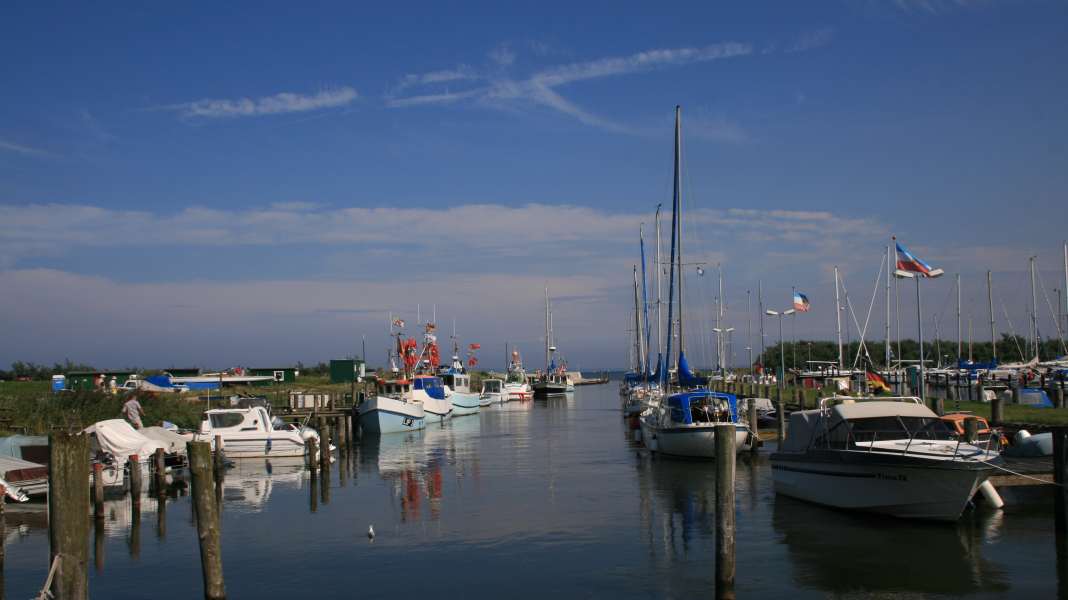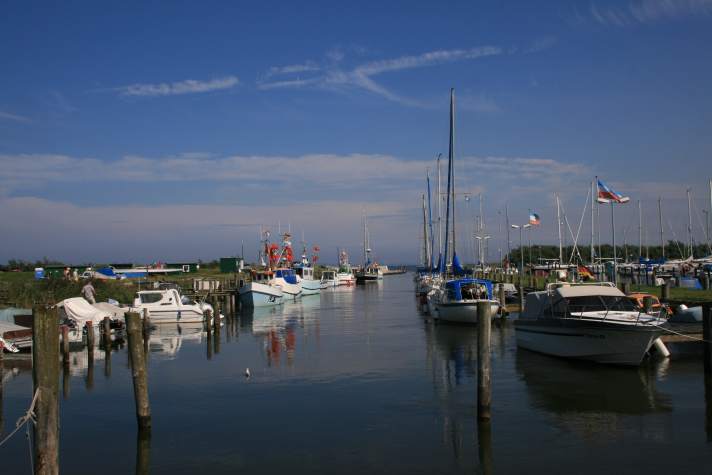

The Lippe marina is facing its final demise. In the past, there have been repeated disputes about who was responsible for dredging the fairway in front of the Baltic Sea harbour. The problem: there is a sandbank around 20 metres in front of the harbour entrance that has to be dredged regularly. In 2022, it was agreed to declare Lippe an emergency harbour. This construct should make it possible for the costs of around 60,000 euros for dredging to be borne by the state of Schleswig-Holstein.
However, the matter turned into a hanging game: responsibilities shifted within the Ministry of the Interior of Schleswig-Holstein, and in future it was no longer the Department of Civil Protection but the Department of Fire Services that was to be responsible. But this hurdle was also overcome, so that the continued existence of the harbour seemed certain.
Drilling shell pulls the plug on the lip
Then, in December 2024, came the shock for the berth holders: after the problem of financing the dredging seemed to have been solved the management of the Waldersee estate gave them notice in March of this year.. The reason given by the owner of the harbour, Count Franz von Waldersee, was that the construction of the wooden pier at the entrance to the harbour was so badly affected by the Drilling conch "Teredo Navalis" that the pier is in danger of collapsing and that safe operation of the harbour is no longer possible. The management of the estate confirmed to YACHT that the harbour will not reopen this spring.
Members of the local yacht club Lippe/Ostsee are sceptical
"With the best will in the world, I can't imagine what happened to the drilling shell," says Andreas Medelin. The first chairman of the "Yachtclub Lippe/Ostsee" association based in the harbour between Kiel and Fehmarn assumes that the drilling shell is an invention of the count to get rid of the boat owners. The background to this is a legal dispute between the estate management and the sailing club.
What happens to the ships on the site?
"My assessment as of Sunday morning is that at least 50 per cent of the ships that were in winter storage in the port are still on the site," says Alexander Medelin. "That's around 40 or 50 ships that are definitely still there." It is not yet clear what will happen to them. Count von Waldersee actually wanted the boat owners to vacate the site by 31 March. "However, many have the problem that they simply can't get rid of the boats," explains Medelin. According to him, a significant proportion are stored on harbour trailers that are not approved for road traffic. "These are some kind of cobbled-together lorry trailers. They are really only suitable for port operations, for driving ten metres to the slipway and back again," he adds.
Chairman fights for the continued existence of the association
Medelin's berth was cancelled years ago without any reason being given. "I think it's a strategy, he also cancelled the chairman before me. He probably thinks he is most likely to hit the members if he scratches the tip of the iceberg," says Medelin. He now has his boat moored at Marina Wendtorf, but still wants to continue to be there for "his" members. He says: "I don't care, I'm now in Wendtorf with my boat, but I'll remain first chairman and our event rooms will also remain on the Lippe." The one has nothing to do with the other, says Medelin, even if his boat is no longer in Lippe, he can still continue to act as first chairman of the sailing club. Meanwhile, the club still operates premises in the otherwise almost deserted harbour.
Court dispute over rental agreement
"As a yacht club, we have not yet received any notice of cancellation from the Count, and he can't cancel our contract just like that," says Medelin. According to him, Franz Graf von Waldersee's parents, or more precisely his father, concluded a handshake agreement with the sailing club. "An old Schleswig-Holstein handshake agreement can be cancelled after 30 years, after which it continues indefinitely," says Medelin. This handshake agreement is also part of a court case in which the Count is attempting to take legal action against the sailing club. After there was initially a good atmosphere between the Count and the sailors and Franz von Waldersee is even said to have attended their celebrations, he is now trying to get rid of them, according to Andreas Medelin. Count von Waldersee did not want to answer our questions.
About the "Teredo Navalis" drilling conch
The "Teredo Navalis" was originally native to tropical and subtropical waters. However, it was introduced to Europe in the 18th century and has since spread to many waters around the world, including the North Sea and Baltic Sea. The sea pest can cause enormous damage to wooden structures, as it feeds on wood and drills tunnels of around one centimetre in diameter and up to 60 centimetres in length. This is the reason why the borer mussels are also known as "termites of the sea".

